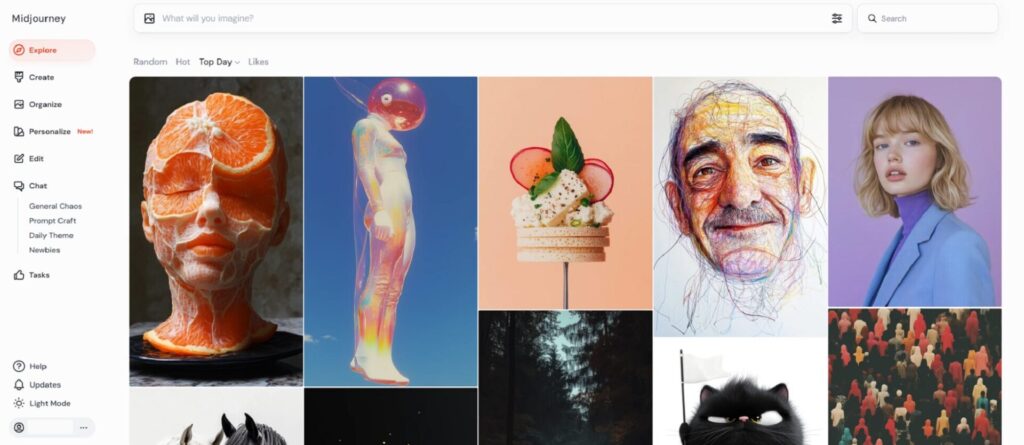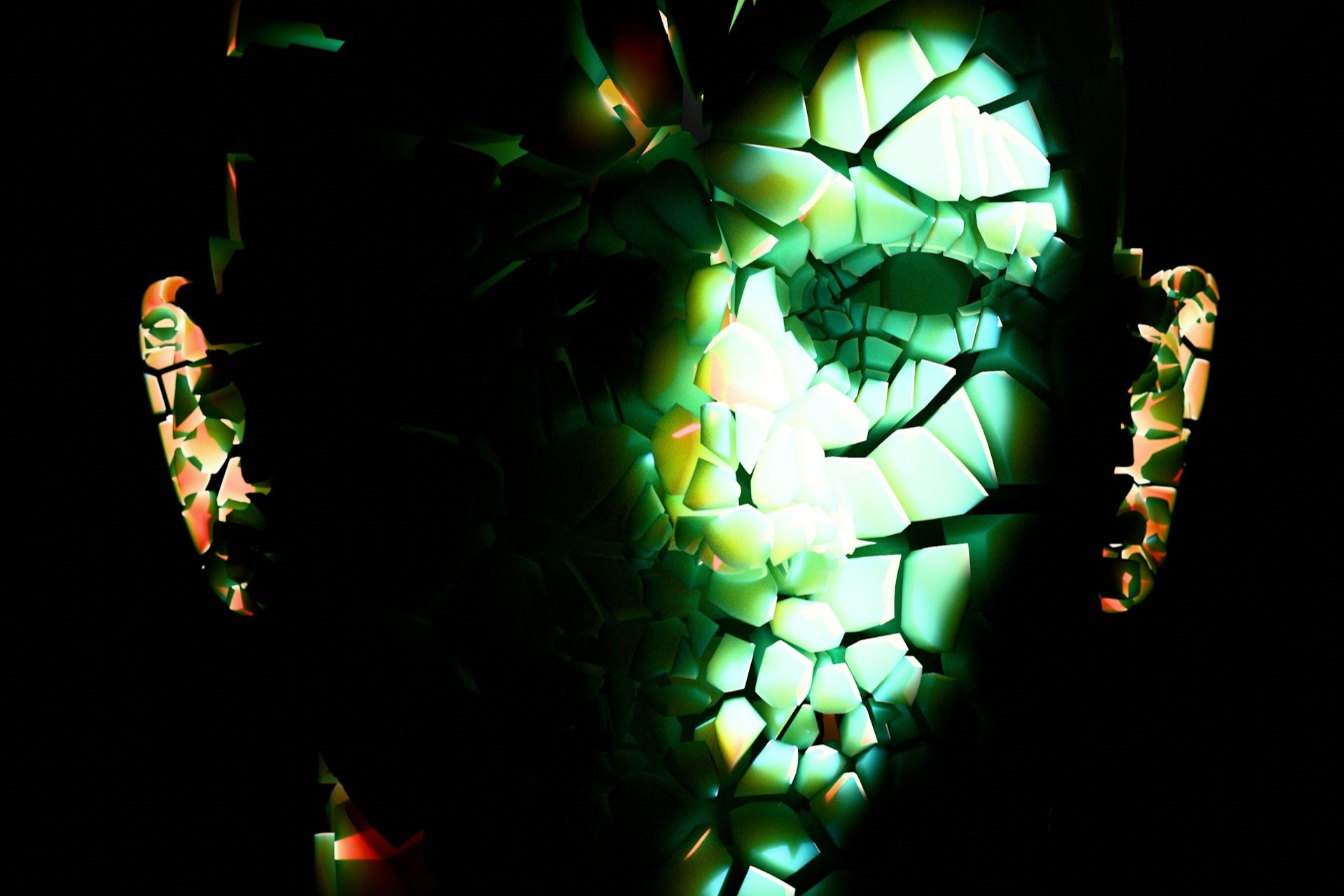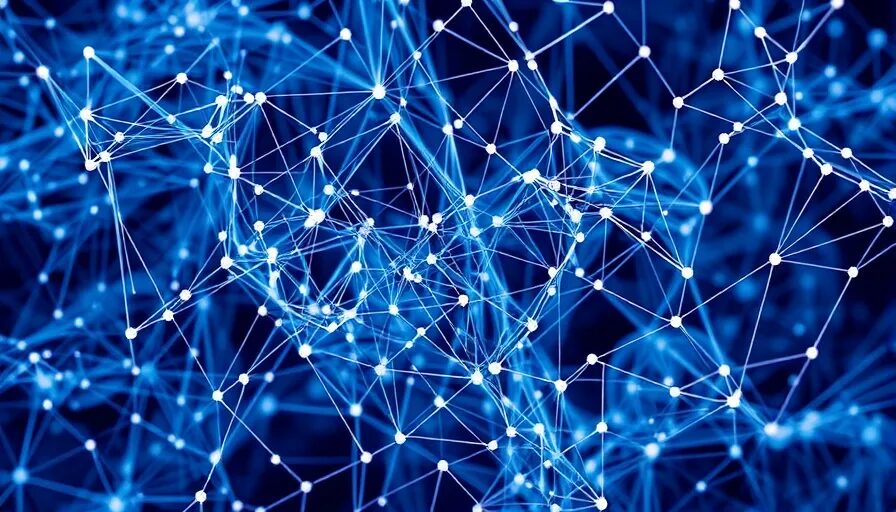Artificial intelligence (AI) is quickly gaining attention in a variety of fields. People are exceptionally interested in incorporating artificial intelligence in medical diagnosis tools. Doctors are human and may make mistakes. Having high-tech help could reduce that likelihood, helping patients start the right interventions faster.
The options for using AI like this will undoubtedly expand over the coming months and years. Here’s a look at some relevant achievements with the technology as of now.
1. Solving Sleep Problems More Quickly and Guiding Treatment Decisions
A study conducted by sleep medicine experts showed that applying AI to the data acquired during some kinds of patient assessments could lead to more accurate and precise outcomes. It might also give useful predictions about quality of life and other health metrics.
People involved with the research suggested using AI to automate sleep scoring could lead to faster decision-making. They also hope the technology will uncover previously hidden details and facilitate personalized treatments for some disorders that disrupt slumber.
2. Supporting Clinicians’ Skin Assessments to Increase Confidence
People wonder whether artificial intelligence in medical diagnosis resources could eventually take health professionals out of the picture. A recent study about using AI during skin cancer screenings shows that’s not likely anytime soon.
A global research team determined combining crowd wisdom with AI provided the best results when clinicians attempted to make skin cancer diagnoses. The findings also showed those things proved most beneficial to people with less experience diagnosing cancerous lesions. That could mean clinicians who are relatively new to dermatology make fewer choices related to unnecessary biopsies.
3. Making Artificial Intelligence in Medical Diagnosis Work More Like Humans
One of the main issues with AI for diagnosing ailments now is it typically only looks for one particular abnormality. The technology cannot examine a medical image to spot multiple abnormal features in the same patient, even if those problems often coincide. Conversely, health professionals know to scrutinize images for characteristics they may not expect.
A researcher recently created an AI algorithm that could find instances of diabetic retinopathy and age-related macular degeneration in the same eye scans. The key was to teach the AI to ignore previously examined parts of the image and look for new information. Another significant achievement was that the algorithm showed the segments of the scan it considered suspicious, giving more visibility into how the technology reached the results.
4. Finding Alzheimer’s Disease Instances Faster
Many people only learn they have serious ailments once they go to their doctors and report strange, new symptoms. Imagine the potential benefits of learning you have a health problem years before physicians give their official diagnoses. Using artificial intelligence in medical diagnosis tools for Alzheimer’s disease could accomplish that feat.
Scientists previously connected the disorder to changes in brain metabolism but found those shifts challenging to spot. A team trained an AI algorithm to look for them and got impressive results. It reached 100% accuracy and detected the disease an average of six years before doctors finalized their diagnoses. Applying the technology with such an approach could help physicians make more proactive choices.
5. Screening for Health Problems by Analyzing Sounds
Health care experts often rely on AI to help them look at images. They’ve also found it useful to have the technology assist by drawing conclusions from audio clips. One example involved depending on it to check for post-traumatic stress disorder in war veterans’ voice recordings. The researchers believe their work might one day become part of a smartphone app that assesses people for the disorder in a non-intrusive way.
Potential also exists to use artificial intelligence in medical diagnosis predictions. Researchers built a portable device with a 3D printer that picks up on coughing sounds and can estimate the crowd size linked to the sample. It accurately captured the daily illness rates at a clinic during a trial.
Artificial Intelligence in Medical Diagnosis Tools Shows Promise
Doctors already have a broad assortment of specialized imaging machines, patient monitoring devices and other products specific to the health care sector. Those resources help them get to the bottom of a patient’s complaints and put them on the road to wellness — or at least adequate symptom management.
As these five examples show, AI could become a powerful tool in aiding physicians to have a clearer understanding of a person’s condition. Then, the chance of the individual getting the most appropriate, effective treatment goes up.
Recent Stories
Follow Us On
Get the latest tech stories and news in seconds!
Sign up for our newsletter below to receive updates about technology trends




